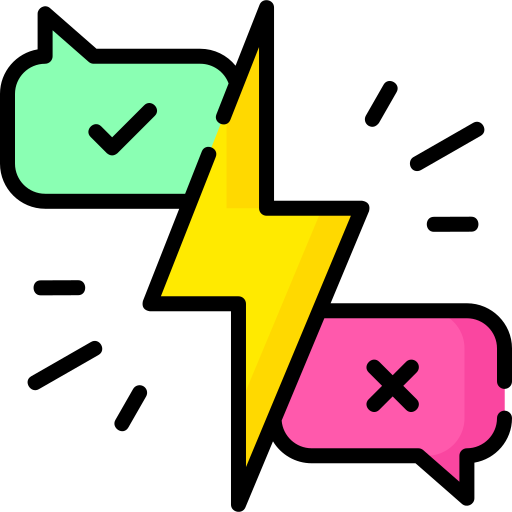
This logo isn't an ad or affiliate link. It's an organization that shares in our mission, and empowered the authors to share their insights in Byte form.
Rumie vets Bytes for compliance with our
Standards.
The organization is responsible for the completeness and reliability of the content.
Learn more
about how Rumie works with partners.
Imagine that you're reading an article online — maybe even looking at a Byte. You may ask yourself:
Why did the author create this?
Knowing what the author, site, or sharer wants from you will help you decide what you should trust.
Why Purpose Matters
The purpose of a source is linked to what the author or sharer wants from you.
It can be clear and stated upfront. It's also possible that the information was shared to manipulate you into buying something, thinking, or acting a certain way, by sharing limited, biased, or falseinformation.
If you can't tell why someone might share something, you should look for other sources.
How To Determine The Purpose Of A Source
 Look at:
Look at:
who the author is, their other work, and their reputation
where the source is posted
who shared the source
the relationship between the author, site, and person who shared the source
 Think about:
Think about:
why the author wrote this source
which site posted this source
who the author wants to reach
what the author wants the audience to know, think, or do with the information they shared
Questions To Ask

What does the author, site, or sharer want from me?
How does the author, site, or sharer benefit from me using this source?
Does this source's purpose match other sources like it?
What biases do the author, site, and sharer have?
Quiz
You should be cautious about a source if:
These are all warnings that you need to evaluate the source more carefully. If someone is making money, trying to manipulate your opinion or behavior, or has a strong one-sided bias towards an issue, they may not provide detailed, factual, or true information.
Identify Possible Concerns

Determine why the information was shared and decide if it matches the stated intent. Think carefully to see what the author, site, and sharer believe.

Consider any conflicts. For instance, if you're reading about health information, does the website want to help you or do they want you to buy something that only they have?

Identify false or incomplete information. This can include when information that's one-sided, biased, limited, or omits critical details.
Quiz
You're reading an article and you're not sure if you should trust it because it seems to be biased towards one side of an issue. Which of the following is the STRONGEST clues to trust/distrust the source?
While you should look at all of these, the clearest clues are is the author's affiliations and source of funding. If an article seems to have a bias for or against something, look at who/what the author is affiliated with or linked to. For instance, are they connected or sponsored by any interest groups, businesses, or organizations? This gives you context for the author's motivations.
Take Action

Before you trust a source, evaluate its purpose:
Checkout more Bytes on CRAAP test:
This Byte has been authored by
Bridget Lepore
Helping others learn is my passion